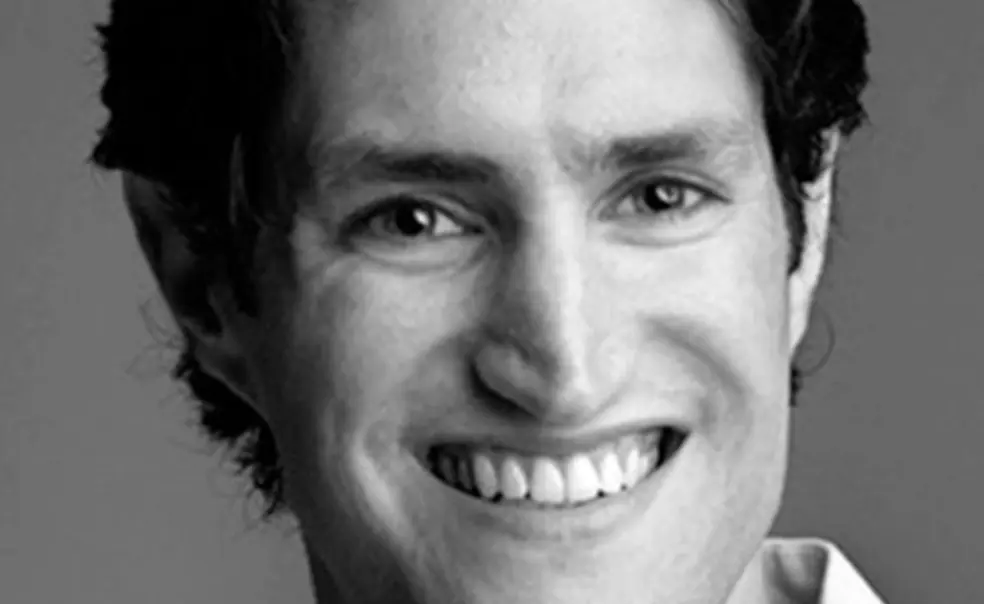Having lived in South Africa and Australia before settling in the United States, Adam Alter *09 adopted the mannerisms and assumptions of each country as he lived there — he just didn’t realize it until his friends pointed it out. That led him to consider how people are cultural chameleons who are influenced by forces they aren’t aware of.
That insight inspired Alter to write Drunk Tank Pink: And Other Unexpected Forces That Shape How We Think, Feel, and Behave (Penguin Press). The book surveys a broad swath of psychological research that looks at how human behavior is shaped by everything from the colors that surround us (the title stems from a shade of pink that was found to calm the behavior of individuals in police custody) to the presence of other people, which can make individuals less likely to respond to an emergency because they expect someone else will.
Alter, who earned a doctorate in psychology from Princeton, is an assistant professor of marketing at New York University’s Stern School of Business. One of his specialties has been conducting studies of how culture affects decision-making. He is particularly interested in the contrast between Western and Asian mindsets. In one study he recounts in the book, pedestrians on Wall Street were asked to allocate play money to a selection of stocks. The people interviewed by someone wearing a small yin-yang symbol invested noticeably less in stocks that had an uninterrupted past record of appreciation — presumably, says Alter, because the yin-yang reminded them that what goes up may soon come down. This effect was echoed in other studies, suggesting that even white American subjects who were subtly reminded about Asian philosophy adopted an Asian mindset without realizing it.
Alter’s book details other surprising findings. Companies with unpronounceable stock-ticker symbols perform worse than those with symbols that are pronounceable; perhaps the easier stock symbols are on some level more appealing — or the more complicated ones are more off-putting — to investors. People tend to make more charitable donations for hurricane victims when a storm shares their name or even their first initial. And athletes who wear red uniforms have been shown to win a disproportionate share of contests, perhaps because the deep association with blood makes a red-clad competitor more aggressive and dominating.
If some of the findings in Alter’s book seem far-fetched, none is guaranteed to be invulnerable. As experiments are redone, the initial findings can’t always be replicated. Only by more research can researchers be certain that their findings hold up. Lingering uncertainty about discoveries researchers had thought were solid is “one of the very big questions” facing the field of psychology.
WHAT HE’S READING NOW: Going Clear: Scientology, Hollywood, and the Prison of Belief by Lawrence Wright
What he likes about it: “It’s interesting to see how lay people see the question of science versus religion. What people believe about what L. Ron Hubbard, the founder of Scientology, had to say, and how credulous they were, is pretty fascinating.”














No responses yet